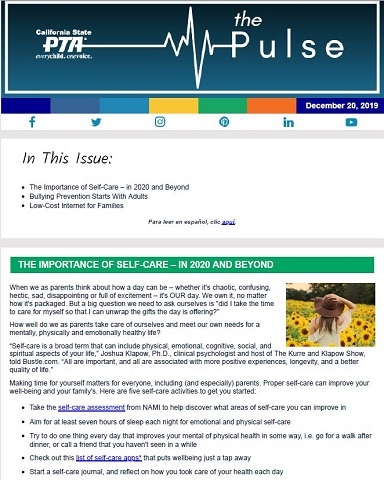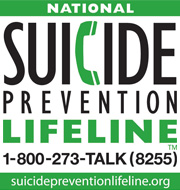
Join the California State PTA Legislation Team on March 15th to hear a panel of experts from CA Association of School Counselors, CA School Social Workers Association, CA Association of School Psychologists, and First 5 California discuss how our kids’ mental health is impacting their schooling, and their take on what can and should be done.
When: Tuesday | March 15 | 7pm-8pm
Location: Via Zoom
This event will be interpreted in Spanish.
SPEAKER BIOS
Cristina Dobon-Claveau, LCSW, PPSC has been a School Social Worker for 16 years. She has been on the CASSW Board since 2017, She began her career in the Minneapolis area serving students in K-12 settings. Since moving to California she served in various roles in Sacramento area districts as a School Social Worker doing PBIS coaching, ERMHS counseling, and most recently implementing Wellness Centers in a local high school district. Currently, she is a Coordinator of Mental Health and Wellness for the Sacramento County Office of Education. She has a passion for ensuring students have access to mental health and social-emotional supports in schools.
Jackie Thu-Huong Wong, MSW, PPS serves as Executive Director for First 5 California and is a professor for Sacramento State’s School Nursing Credential program. She has extensive experience in the non-profit and public sector having served as executive staff for GRACE/the End Child Poverty CA campaign; the National Center for Youth Law; Statewide Foster Youth Services Director at the California Department of Education; and Senior Policy Advisor to California Senate President Darrell Steinberg. Ms. Wong prides herself in being a school-based social worker who has a focus on strong comprehensive collaborations across agencies and diverse stakeholder groups.
Dr. Maureen Schroeder has been a school psychologist for 22 years, has been a graduate educator for the last 12 years, and has earned her doctorate degree in Educational Psychology. She is currently working for Elk Grove Unified School District, providing mental and behavioral health support to middle school students. Aside from being a practitioner, she is also actively involved in our State and National association, currently Immediate Past-President of CASP and NASP California Delegate. She is also an Assistant Professor for UMass Global, School of Education, and oversees their School Psychology program.
Dr. Loretta Whitson is the Executive Director for the California Association of School Counselors (CASC), the largest state association representing school counselors in the nation. CASC guides schools towards linking school counseling to their overall mission and vision. Dr. Whitson, well regarded within the profession of school counseling, provides policy recommendations and advises state and local decision-makers on educational issues. Whitson spent 25 years as a school district administrator and school counselor in the Monrovia Unified School District. Dr. Whitson’s work in Monrovia was instrumental in the interconnections between school- and community-based mental health services. She also served as a Commissioner on the California Commission on Teacher Credentialing and was an Assistant Professor and Chair of the Educational Counseling Program at the University of La Verne.
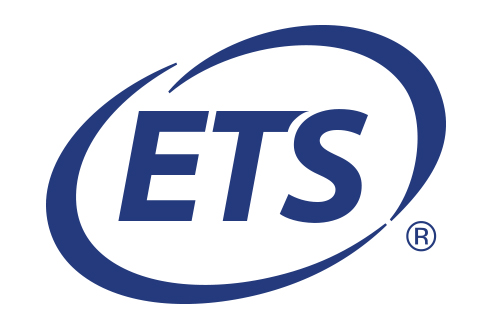



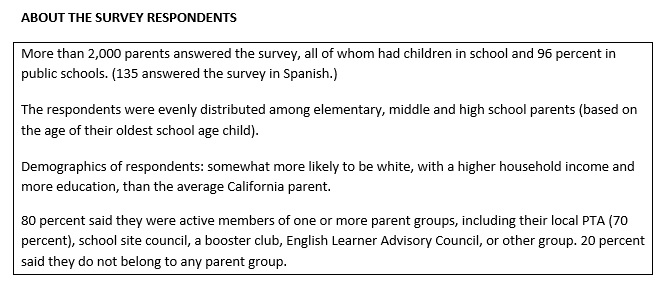
 California State PTA in partnership with Create CA is pleased to launch the newly revised Parents’ Guide to Arts Education in California Public Schools. This guide provides an overview of what your child will learn in the arts disciplines of dance, music, theatre and the visual arts by the end of each grade level.
California State PTA in partnership with Create CA is pleased to launch the newly revised Parents’ Guide to Arts Education in California Public Schools. This guide provides an overview of what your child will learn in the arts disciplines of dance, music, theatre and the visual arts by the end of each grade level.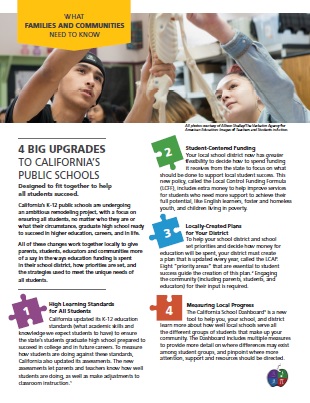 California’s K-12 public schools are undergoing an ambitious remodeling project, with a focus on ensuring all students, no matter who they are or what their circumstance, graduate high school ready to succeed in higher education, careers, and in life.
California’s K-12 public schools are undergoing an ambitious remodeling project, with a focus on ensuring all students, no matter who they are or what their circumstance, graduate high school ready to succeed in higher education, careers, and in life.